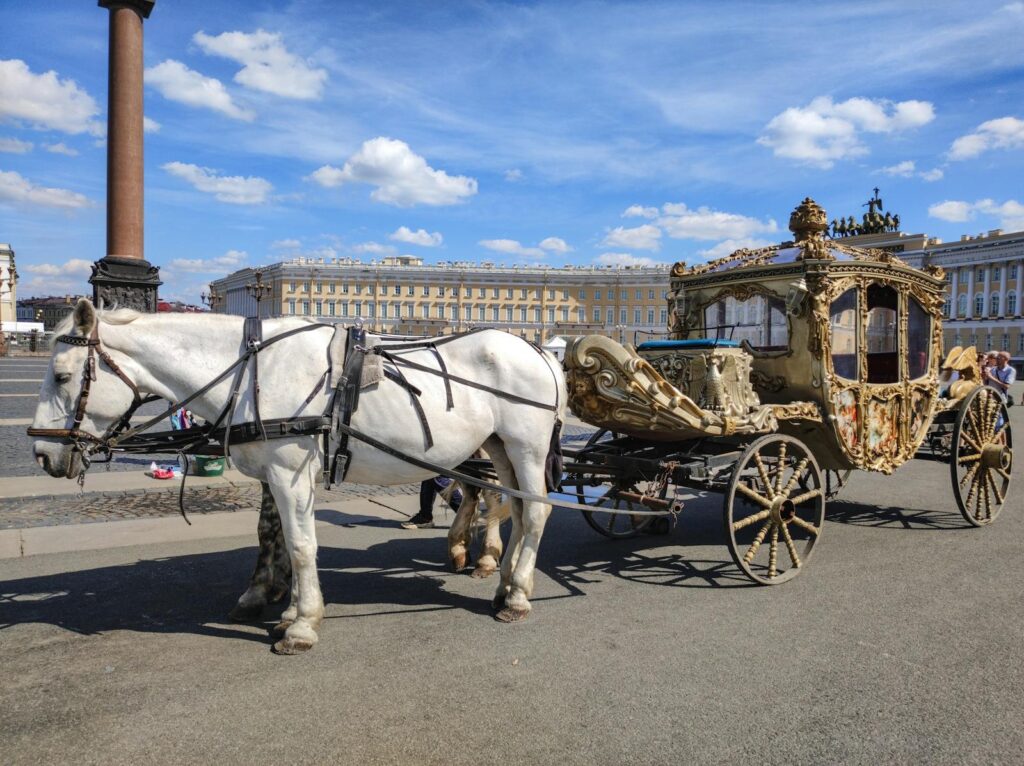Throughout history, royal carriages drawn by magnificent horses have symbolized the grandeur of monarchies across the world. With their gleaming coats and powerful strides, these noble equines continue to captivate audiences during modern ceremonial events. Today’s royal horses reflect centuries of selective breeding, expert training, and deep-rooted traditions that infuse state occasions with pageantry and majesty. From the windswept moors of Britain to the sunlit fields of Spain, these majestic animals remain enduring symbols of royal heritage and national pride.
The Windsor Greys: Britain’s Royal Favorites
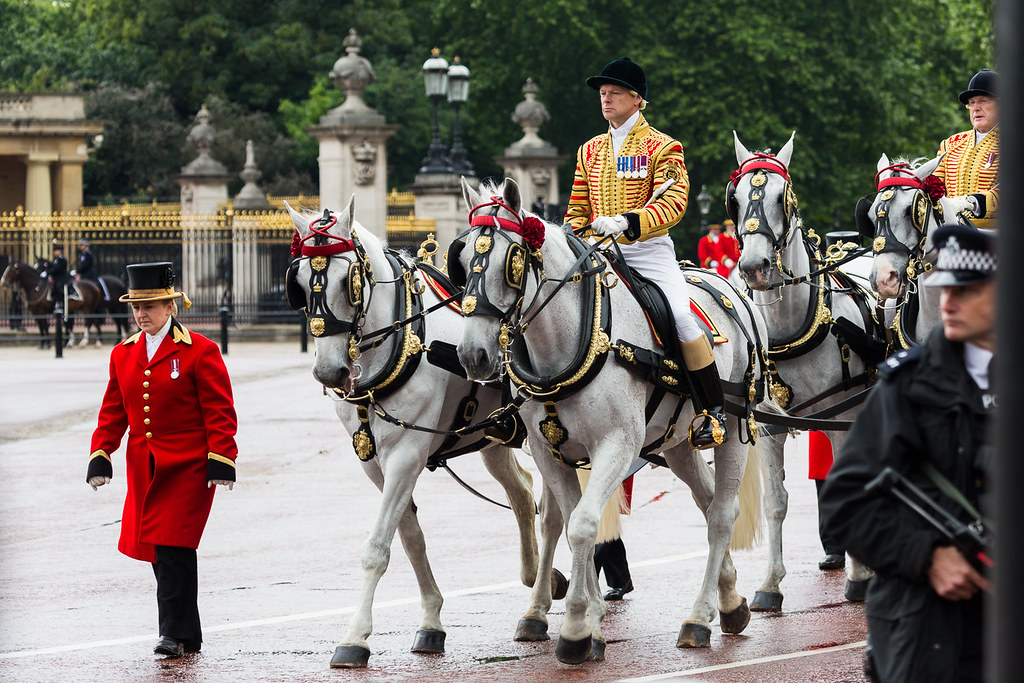
The Windsor Greys are among the most recognizable royal carriage horses in modern ceremonial life, having served the British Royal Family since the 1800s. Known for their elegant light grey coats, which often turn nearly white with age—these impressive horses stand at least 16.1 hands high (approximately 5 feet 5 inches at the shoulder) and embody the strength and stamina needed for demanding ceremonial duties. They work alongside Cleveland Bays in well-coordinated teams, with each horse assigned a position based on its temperament and skill. Windsor Greys feature prominently in royal weddings, coronations, and the annual Trooping the Colour, where their poise and presence enhance the grandeur of these historic occasions.
Cleveland Bays: The Oldest English Purebred Horses
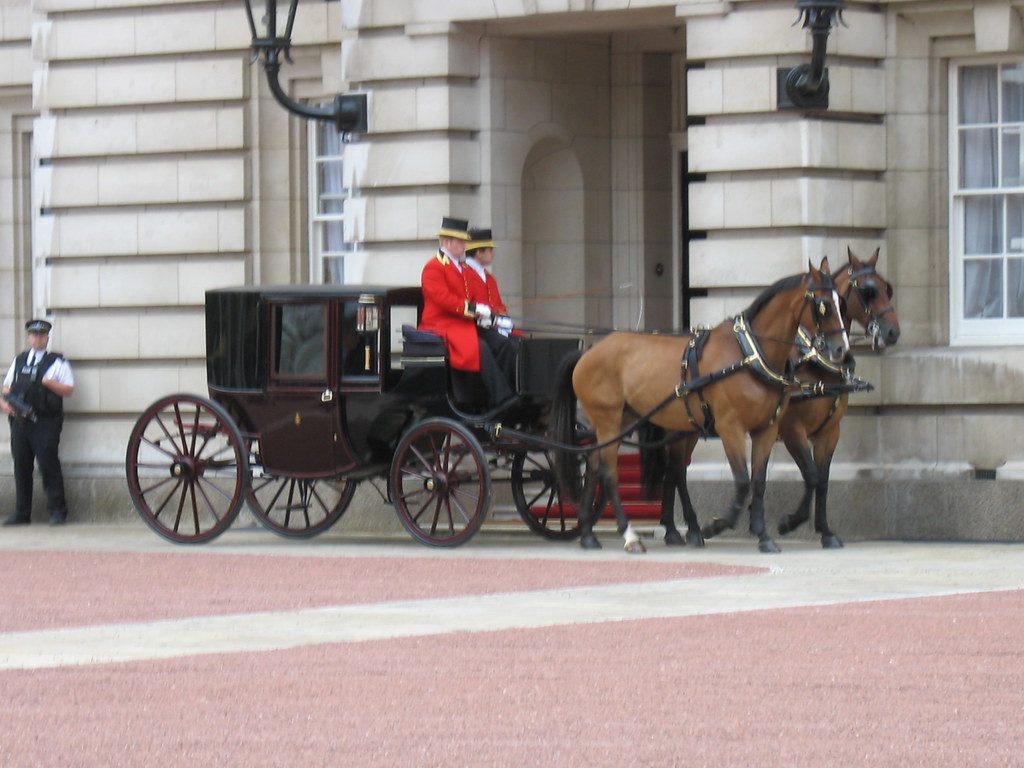
The Cleveland Bay is Britain’s oldest established horse breed and a cornerstone of the Royal Mews’ ceremonial team. These striking bay horses—always a deep mahogany brown with black points on the legs, mane, and tail—are valued for their uniform appearance, which creates a visually striking effect when harnessed in teams. Standing between 16 and 16.2 hands high, Cleveland Bays blend power and grace, making them ideal for pulling grand ceremonial coaches such as the nearly four-ton Gold State Coach. Once nearing extinction in the mid-20th century, the breed was preserved in part through the steadfast support of the Royal Family, especially Queen Elizabeth II. Their calm, even-tempered nature makes them particularly well-suited for managing the noise, crowds, and high-pressure atmosphere of state events with dignified composure.
The Pura Raza Española: Spain’s Royal Andalusians
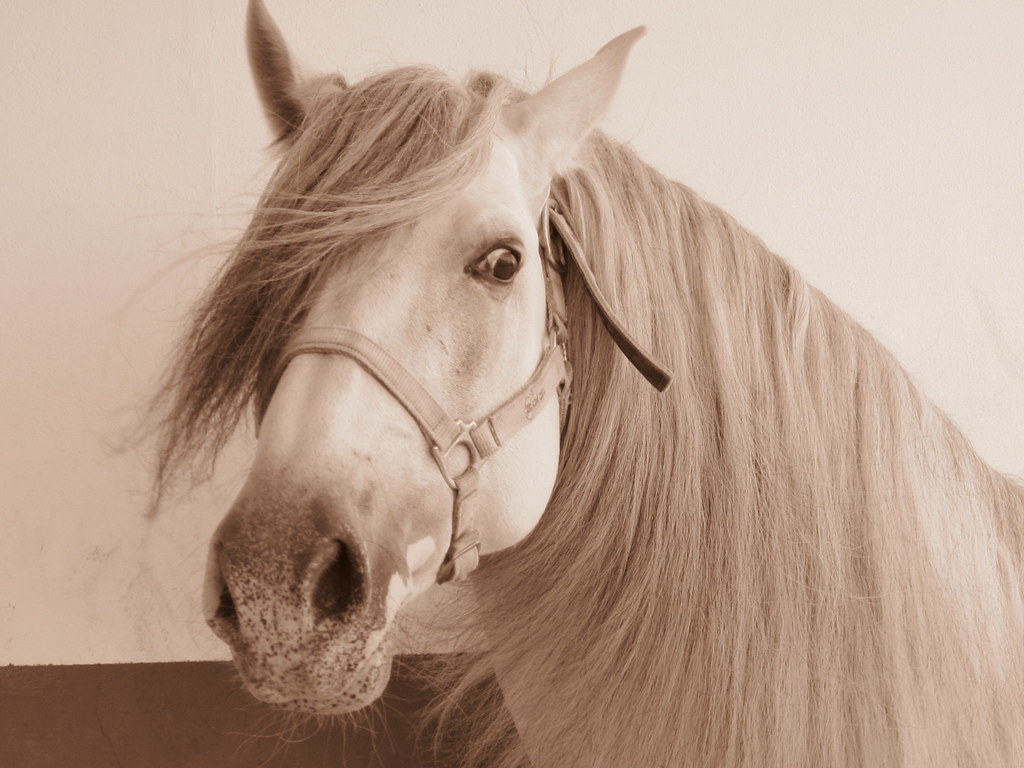
The Spanish Royal Household upholds a proud tradition of using Pura Raza Española (PRE) horses—internationally known as Andalusians—for ceremonial carriages and mounted escorts. Renowned for their arched necks, flowing manes, and striking grey or white coats, these baroque horses exemplify classical elegance and strength. For centuries, PRE horses have drawn Spanish royal carriages, displaying their graceful, high-stepping gait and regal bearing during state visits and official proclamations. King Felipe VI continues to feature them in royal ceremonies, where their beauty and historical significance highlight Spain’s deep-rooted equestrian heritage. The Royal Stables in Madrid maintain a dedicated breeding program to preserve the breed’s signature traits while upholding the high standards required for royal service.
The Danish Kladrubers: Ancient Carriage Horses

The Danish Royal Family preserves a longstanding tradition of using rare Kladruber horses for their most important state occasions and ceremonial processions. Originally bred for the Habsburg Imperial Court, these baroque horses are known for their distinctive convex profiles, impressive stature, and striking white or black coats. Standing between 16.2 and 17 hands high, Kladrubers were purposefully developed for carriage work, combining high-stepping movement with the strength and stamina to pull heavy state coaches over long distances. The royal stables at Christiansborg Palace are home to these majestic horses, where they undergo extensive training before assuming ceremonial duties. Queen Margrethe II has played a key role in preserving this historic tradition, ensuring these symbols of European heritage remain an enduring part of Denmark’s royal pageantry.
The Lipizzaner Carriage Horses of Austria

While most commonly associated with the Spanish Riding School’s dressage performances, Lipizzaner horses also play a role in Austria’s ceremonial carriage teams for state occasions. These horses, born dark and gradually whitening to their signature grey-white coats, combine strength with grace in their carriage duties. The tradition of using Lipizzaners for ceremonial coaches dates back to the Habsburg Empire, where they pulled imperial carriages through Vienna’s streets. Today, these horses continue to feature in modern ceremonies, including state visits, diplomatic receptions, and traditional Viennese events like the annual New Year’s Day Concert procession. Their historical significance to Austrian cultural identity makes them important participants in ceremonies that bridge the nation’s imperial past with its democratic present.
The Friesians: Dutch Black Beauties

The Dutch Royal House often employs magnificent Friesian horses for their ceremonial carriages, particularly during Prinsjesdag (Prince’s Day), when the monarch delivers the annual address from the throne. These striking black horses, with their high-stepping gait, flowing manes, and feathered legs, make a dramatic visual impact when harnessed to the golden Gouden Koets (Golden Coach). Friesians possess a rare combination of power and elegance, making them ideal for both the physical demands of pulling heavy state carriages and the aesthetic requirements of royal pageantry. The breed nearly disappeared several times throughout history, but dedicated breeding programs have preserved these horses, which now serve as living symbols of Dutch heritage. King Willem-Alexander and Queen Máxima continue the tradition of using these impressive animals for state occasions, where their jet-black coats contrast magnificently with the ornate golden carriages.
The Norwegian Fjord Horses: Unique Nordic Royalty
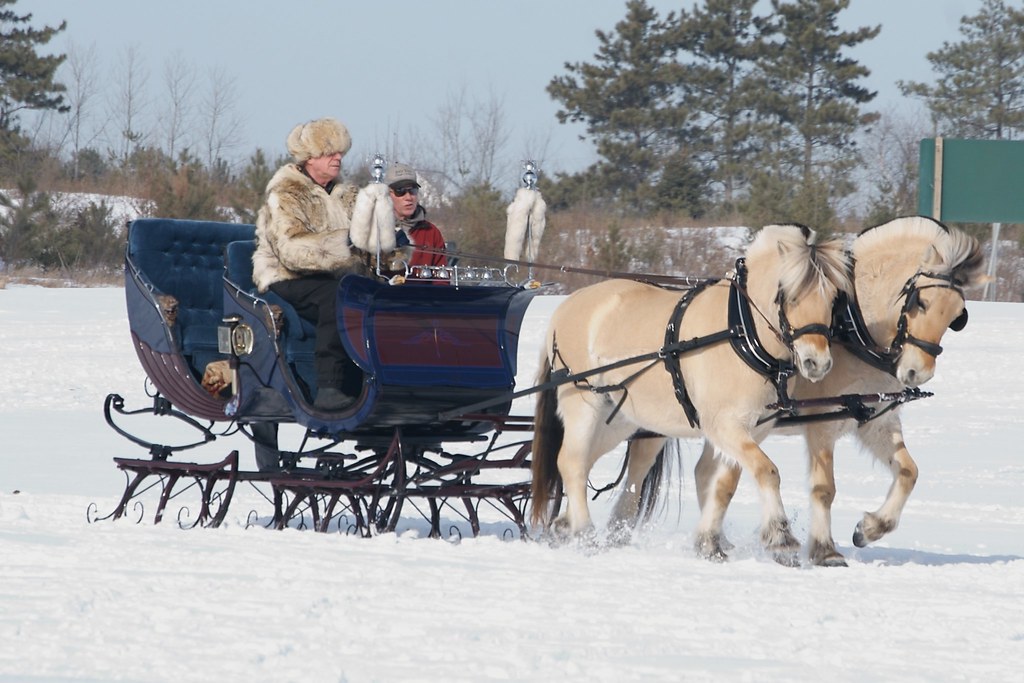
The Norwegian Royal Family maintains a distinctive tradition by using native Fjord horses for certain ceremonial occasions, particularly those celebrating national heritage. These compact, powerful horses, with their unique dun coloration and “crinkle-cut” manes, represent Norway’s cultural identity and rural traditions. Despite their smaller stature compared to other carriage horses, Fjords possess remarkable strength and endurance, having historically served Norwegian farmers in the challenging mountain terrain. King Harald V and Queen Sonja have championed the use of these native horses during Norwegian Constitution Day celebrations and regional royal tours, connecting the monarchy with the country’s agricultural heritage. Their use in royal ceremonies helps preserve this ancient breed while showcasing Norway’s commitment to its unique cultural and biological heritage.
The Marwari Horses: India’s Royal Heritage

Although India’s princely states no longer hold official royal status, former royal families continue ceremonial traditions featuring the distinctive Marwari horses during weddings and cultural festivals. These horses, instantly recognizable by their inward-curving ears that often touch at the tips, reflect centuries of selective breeding by Rajput warriors. Marwaris often display striking piebald and skewbald patterns, made even more eye-catching by the elaborate trappings used during ceremonial processions. The former royal families of Jodhpur and Udaipur maintain some of the finest examples of the breed, showcasing them in traditional baraat wedding processions and Dussehra festival celebrations. Their continued presence in such events helps preserve both the Marwari breed and the rich equestrian traditions of India’s royal heritage.
The Lusitano: Portugal’s Golden Horses
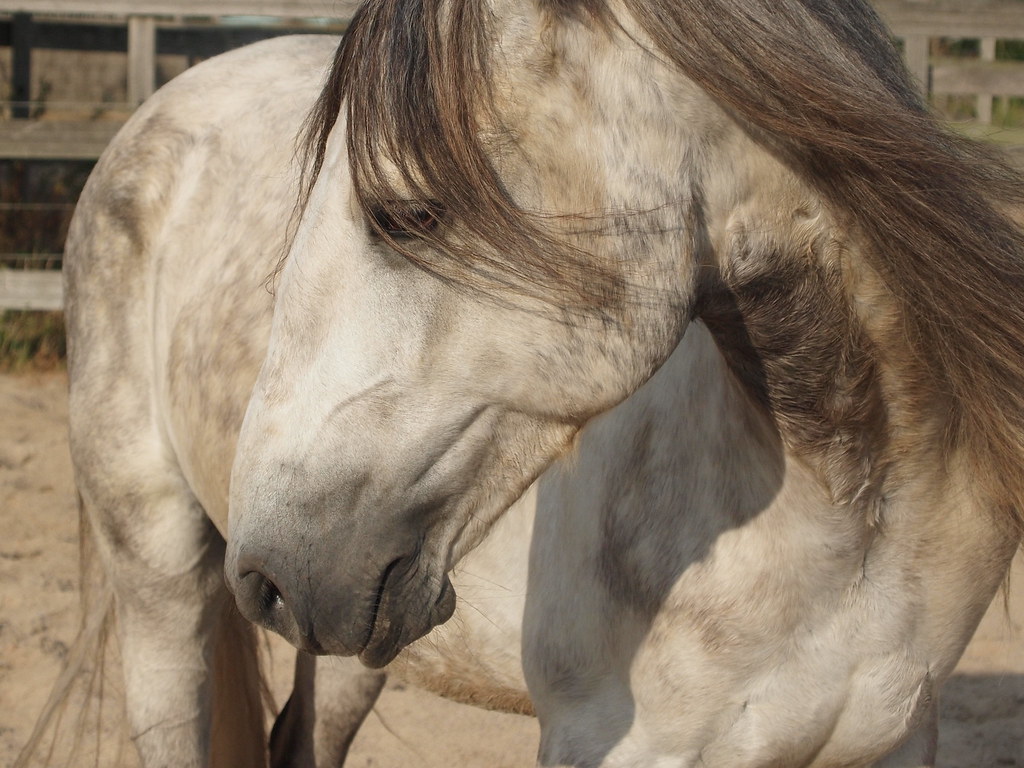
Portugal’s ceremonial traditions prominently feature the magnificent Lusitano horses—close relatives of Spain’s Andalusians, yet distinct in traits shaped by their historic roles in cavalry and bullfighting. These horses, often seen in palomino or buckskin coats that gleam like gold in the sunlight, pull the state carriages of the Portuguese presidential guard during diplomatic ceremonies. Lusitanos possess natural collection and balance, making them especially suited for the stop-and-start rhythm of processions through Lisbon’s hilly streets. The National Coach Museum in Lisbon holds one of the world’s finest collections of royal carriages, which are occasionally paired with Lusitano teams for special historical commemorations and state visits. With their arched necks and powerful movements, these horses provide a living link to Portugal’s age of exploration and royal heritage.
The Hungarian Lipizzaners: Guardians of Tradition

Hungary maintains a distinct tradition of using Lipizzaner horses bred specifically for ceremonial carriage duties, setting them apart from their Viennese counterparts more commonly associated with dressage. Hungarian Lipizzaners often exhibit slightly heavier builds, a reflection of their historical development for pulling carriages rather than for riding. The Hungarian Presidential Guard employs these striking horses during state ceremonies in Budapest, where their snow-white coats stand out dramatically against the neo-Gothic Parliament Building and other historic landmarks. These horses receive specialized training at the Szilvásvárad State Stud, where emphasis is placed on cultivating the calm temperament and strength needed to navigate busy ceremonial routes. Their presence during national holidays and diplomatic visits offers a powerful visual link to Hungary’s Austro-Hungarian imperial heritage.
The Belgian Brabant: Gentle Giants of Royal Ceremony

The Belgian monarchy occasionally showcases the nation’s native Belgian draft horses, particularly the Brabant variety, during historical ceremonies and national celebrations. These massive horses, often weighing up to 2,000 pounds and distinguished by their chestnut coats and flaxen manes, embody Belgium’s rich agricultural legacy and pivotal role in the development of heavy horse breeds. Despite their imposing size, Belgian drafts are known for their gentle temperaments, making them well-suited for ceremonial settings where crowds gather closely around royal carriages. King Philippe and Queen Mathilde have featured these horses during Belgian National Day events and historical commemorations such as the Battle of Waterloo bicentennial. Their commanding presence serves as a striking tribute to Belgium’s contribution to European draft horse breeding, which profoundly shaped the continent’s agricultural history.
The Training and Care of Royal Ceremonial Horses

The preparation of royal carriage horses involves years of specialized training, beginning with the careful selection of young horses that exhibit the right temperament and physical conformation for ceremonial service. Training usually starts around the age of three, with horses first learning to work in harness individually before progressing to pairs and eventually full teams of four, six, or eight. Royal stable staff invest countless hours in desensitization exercises, gradually exposing young horses to flags, music, crowds, and sudden noises common during ceremonies. Daily care includes meticulous grooming routines, tailored nutrition plans to meet each horse’s specific needs, and consistent veterinary oversight from equine specialists. Most royal carriage horses serve for 15 to 20 years before enjoying well-earned retirements at royal estates or approved sanctuaries—a reflection of the deep respect these institutions hold for their equine ambassadors.
The Future of Royal Carriage Horses in Modern Monarchy
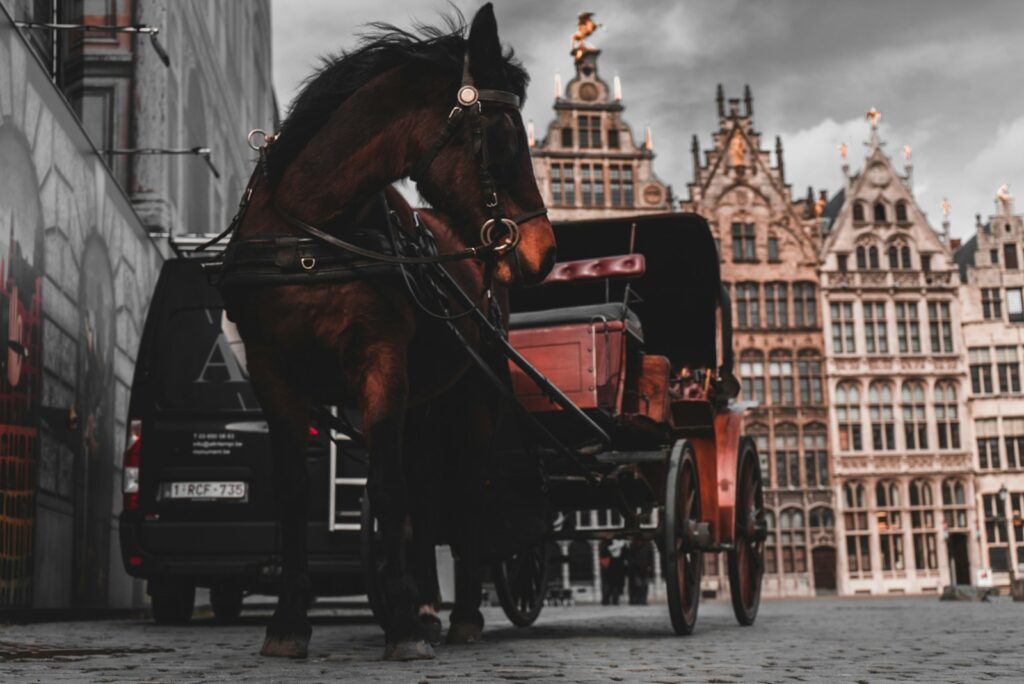
As monarchies adapt to their roles in the 21st century, royal carriage horses remain powerful symbols that bridge historic traditions with contemporary relevance. Many royal households have adopted welfare-focused protocols that exceed industry standards, addressing public concerns about the treatment of animals in ceremonial roles. Climate-controlled stables, custom-fitted harnesses, and carefully scheduled appearances to avoid extreme weather highlight the modernization of equine care. Across Europe, younger royals have expressed a commitment to preserving these equestrian traditions while emphasizing conservation, especially for rare breeds whose survival depends on their ceremonial use. The public’s enduring fascination with these majestic animals secures their place in royal pageantry for generations to come, offering a living link to history in an increasingly digital age. Their presence in ceremonial processions provides a tangible connection to the past that no virtual experience can replace.
The magnificent horses that grace royal ceremonies worldwide represent far more than transportation or spectacle. They embody centuries of careful breeding, cultural identity, and the enduring bond between monarchies and their historic foundations. From the Windsor Greys of Britain to the Marwaris of India’s former princely states, these equine ambassadors continue to inspire awe and safeguard traditions that might otherwise fade with time. As they move proudly through capital cities, pulling ornate carriages, they remind us that even in a fast-paced, digital world, the timeless partnership between humans and horses still captivates the imagination and connects us to our shared heritage.

